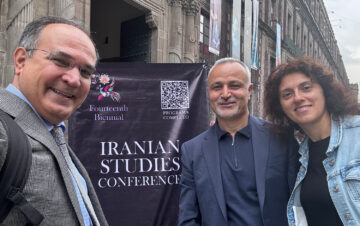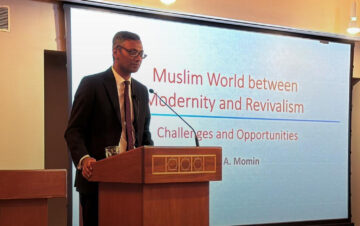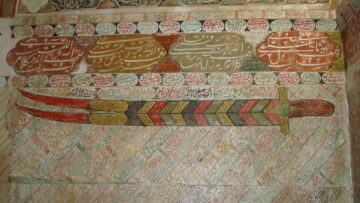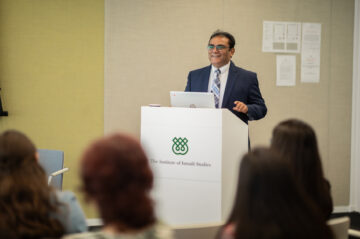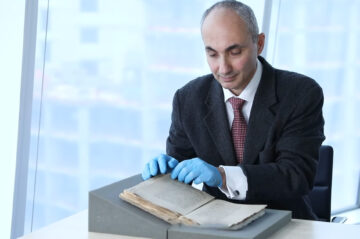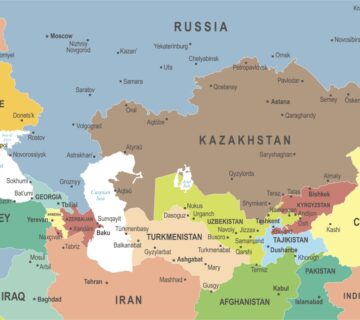Dr Ismail Serageldin, Director of the Library of Alexandria and author of numerous books, explored architectural and artistic expressions, past and present, in the Muslim world in his lecture on ‘Modernisation and Cultural Identity in Islam’. This was the sixth in the Contemporary Islam(s) & Muslims (CIM) series of talks, held at the IIS on 14 March 2008.
Beginning with an overview of the fractured state of the contemporary global landscape, with its economic and social winners on the one hand and extreme poverty and marginalisation on the other, Dr Serageldin inquired into its impact on public cultures. He defined culture as ‘a complex whole of distinctive spiritual, material, intellectual and emotional features that characterise a society or social group.’ Culture would thus include not only the value systems, traditions and beliefs of a society but also its aesthetic expressions.
Dr Serageldin challenged the dichotomies of ‘modern and traditional’, ‘high tech and low tech’, ‘materialism and spirituality’ and ‘Muslim and non-Muslim’ that pervade popular culture. He used several artistic examples from the pre-modern period and juxtaposed them against the works of modern painters like Mondrian and Giacometti to show the remarkable continuities in style. Artists and architects work within a dynamic cultural framework, he argued, but when there is a ‘breakdown of the code’, the result is a loss of coherence and, hence, of meaningful identity. Through examples of mosques from around the world, Dr Serageldin illustrated how the building styles reflected either a reinterpretation or breakdown of the cultural framework – most notably in contemporary approaches to the style of the 16th century Turkish architect, Sinan.
Cultural ‘authenticity’ is neither national nor exclusive, Dr. Serageldin concluded. Even Picasso and Gauguin drew richly on West African influences in their most distinctive creations, reminding us of the cosmopolitan spirit that underlies dynamic modern identities.
An enthusiastic question and answer session followed with special focus on the impact of economic and social factors in the Muslim understanding of modernity and tradition. Earlier, in his welcome remarks, Dr. Amyn B. Sajoo broached the continuity and intertwining of historical and contemporary East-West identities – as opposed to the obsession with rupture that feeds the ‘clash of civilisations’ discourse.
For more information on the Institute’s seminars and lectures, see the Seminars, Conference and Public lectures page. Dates and times of future seminars and lectures appear on the Forthcoming Events page.

